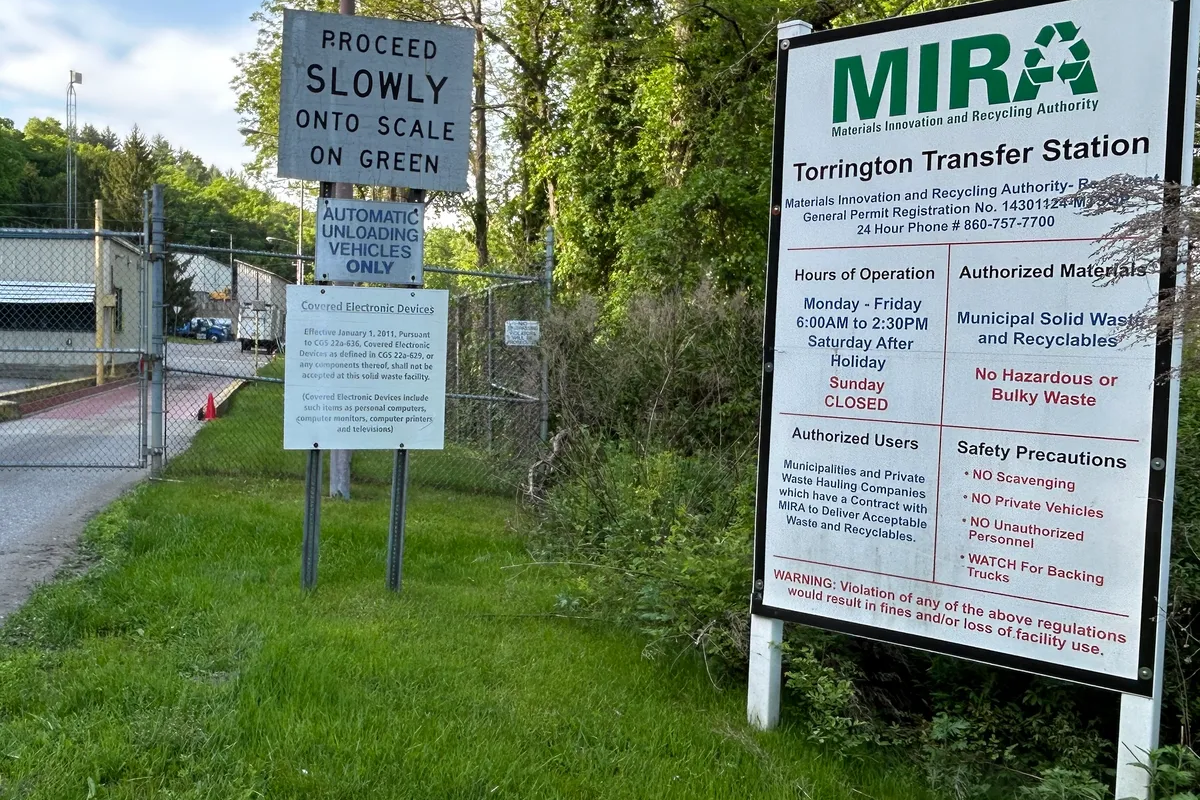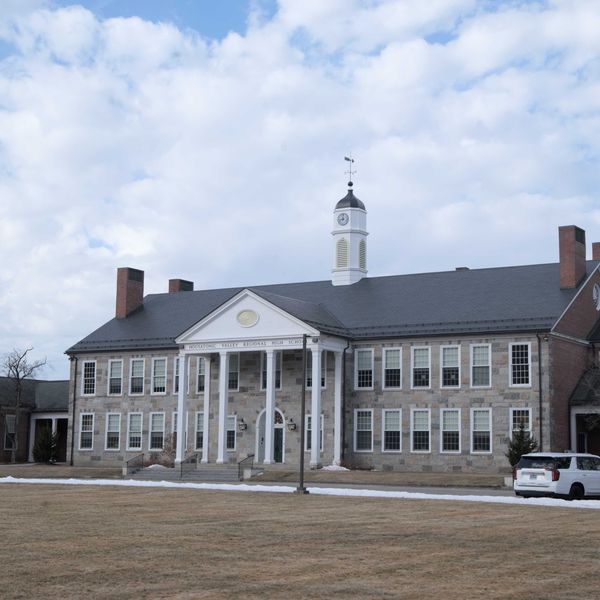Norfok home sale prices down compared to pandemic period
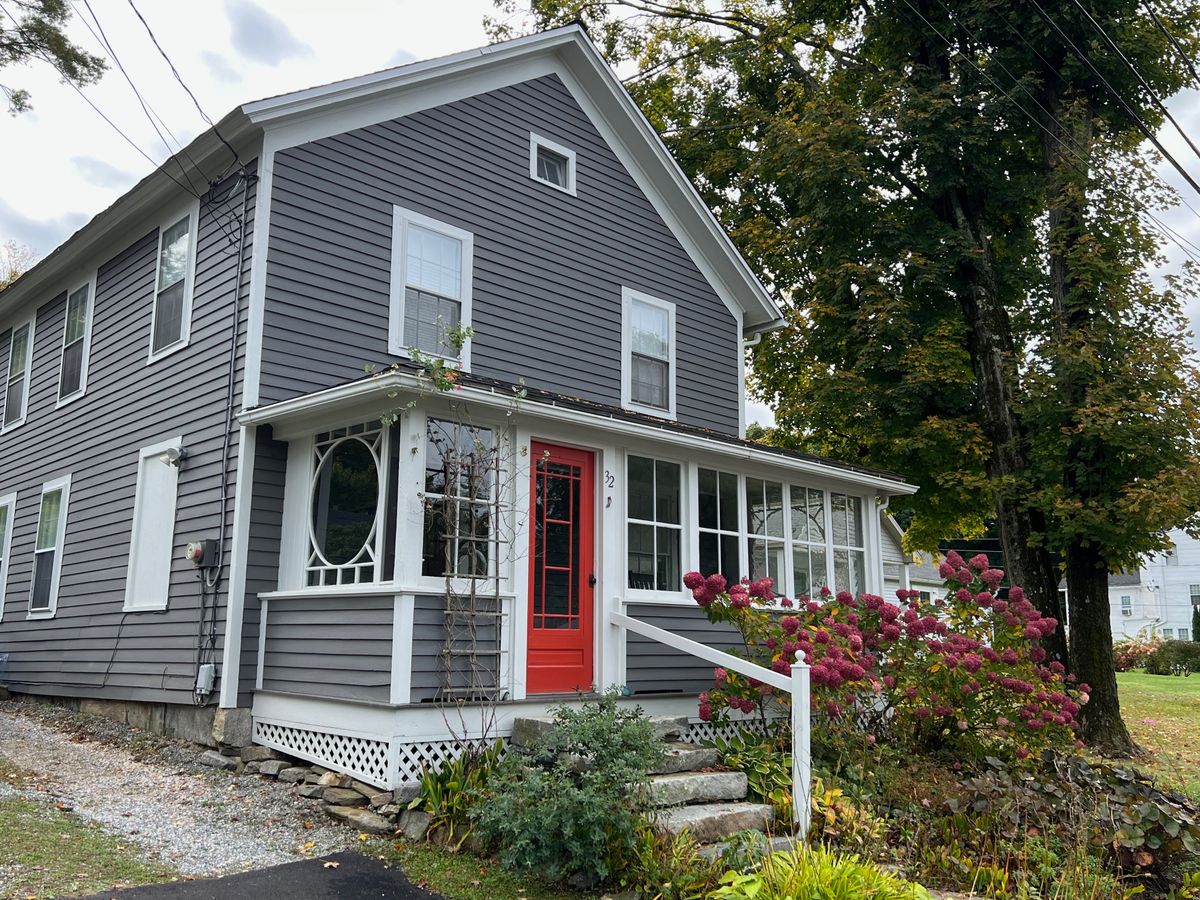
The house at 32 Maple Ave. is centrally located in Norfolk in easy walking distance to the Town Hall, the Library and the historic district. With three bedrooms and 2 baths it was sold for $415,000.
Photo by Christine Bates


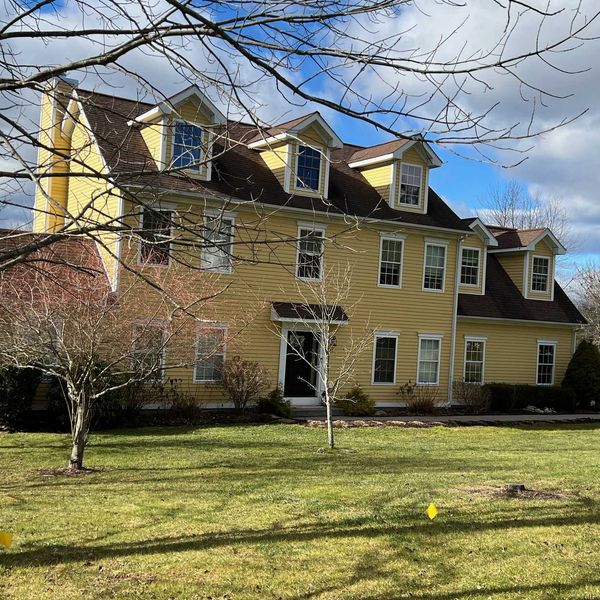
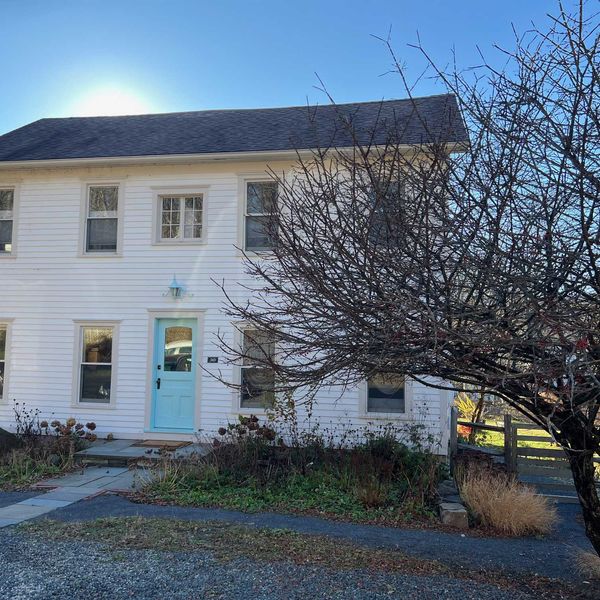
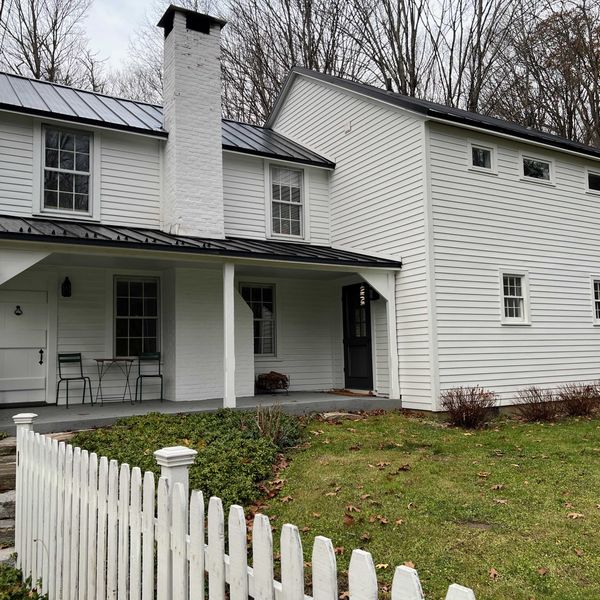
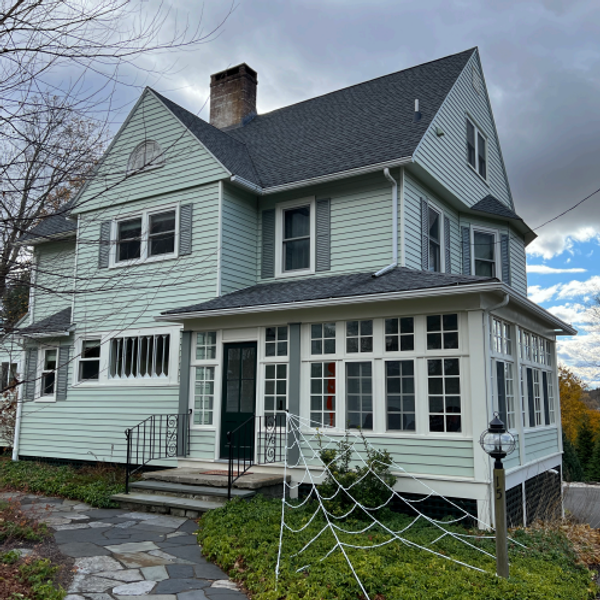
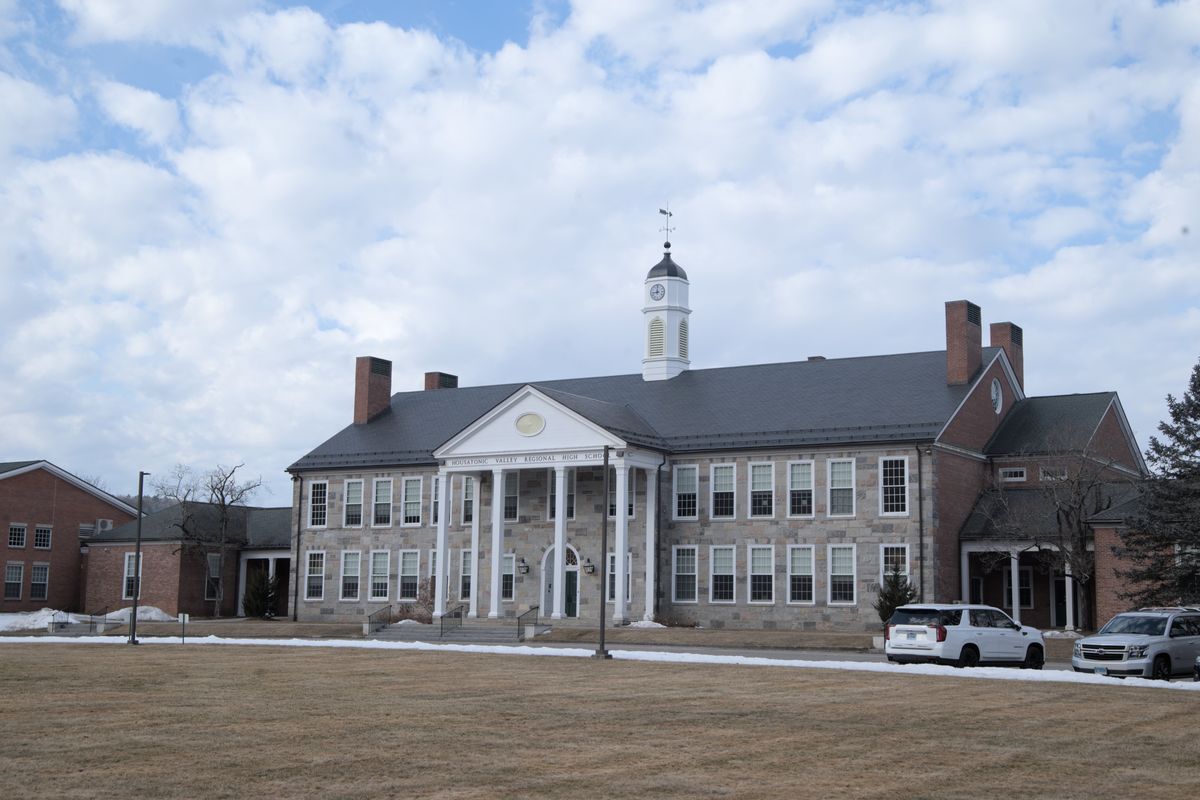
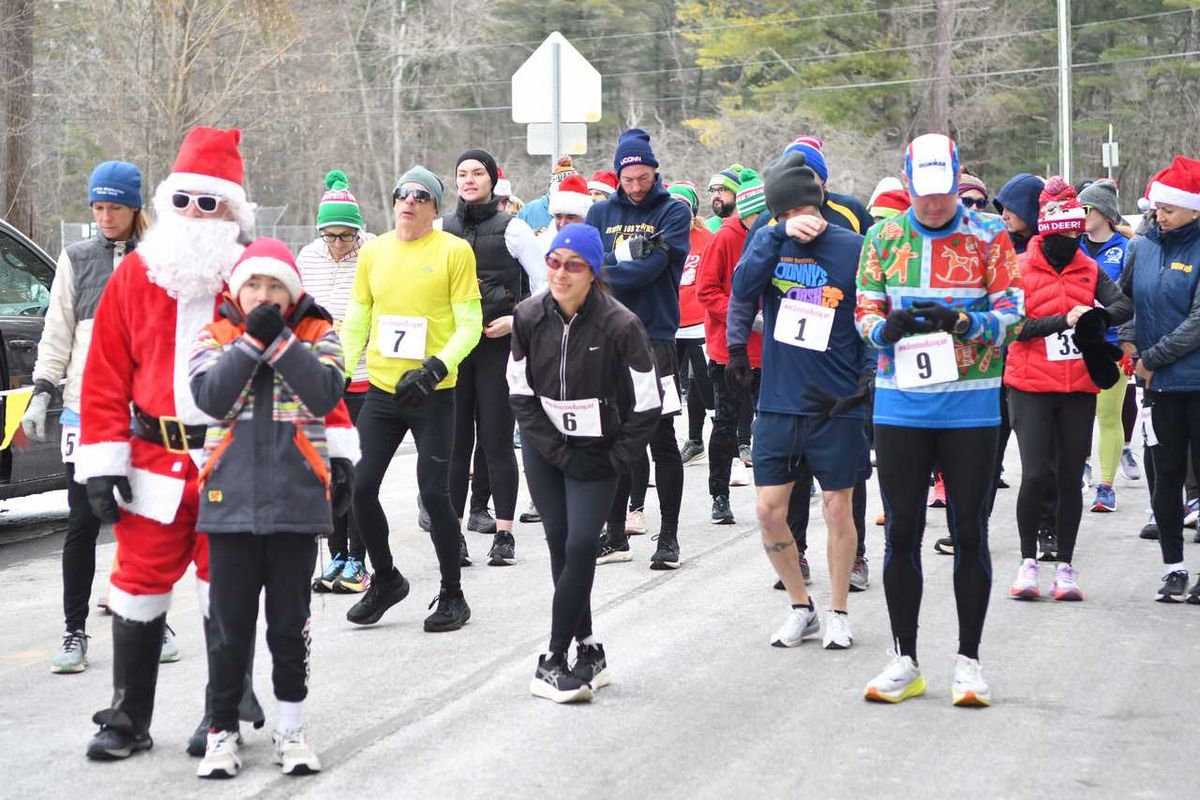
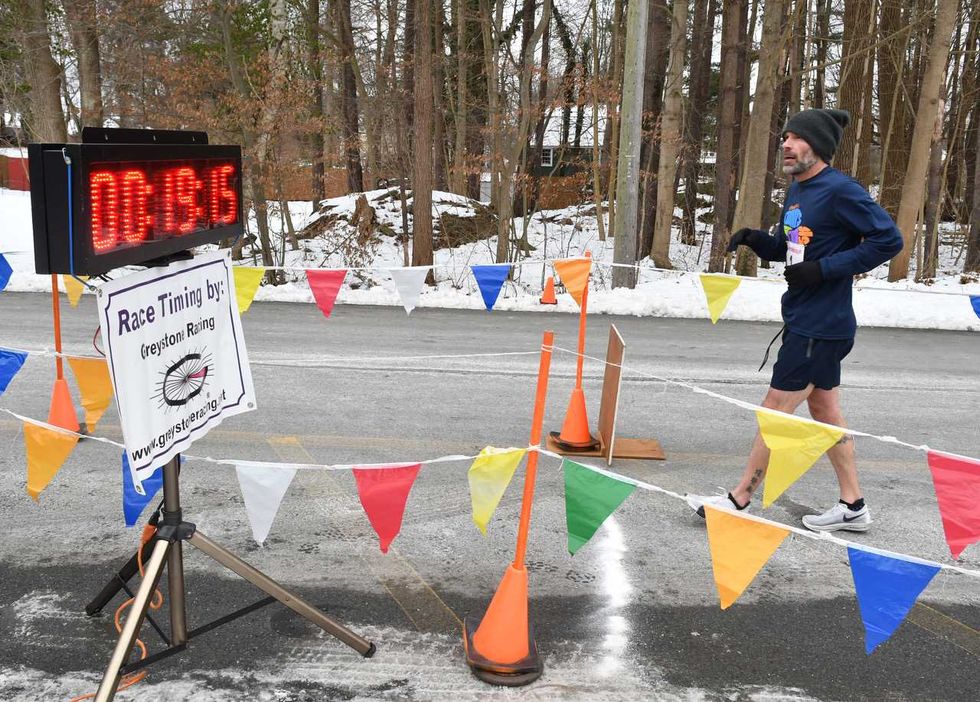 Michael Mills of Goshen crosses the finish line to win the 5th Annual North Canaan Santa Chase 5K on Saturday, Dec. 13, ByJohn Coston
Michael Mills of Goshen crosses the finish line to win the 5th Annual North Canaan Santa Chase 5K on Saturday, Dec. 13, ByJohn Coston  Santa crosses the finish line at the 5th Annual North Canaan Santa Chase 5K By John Coston
Santa crosses the finish line at the 5th Annual North Canaan Santa Chase 5K By John Coston 